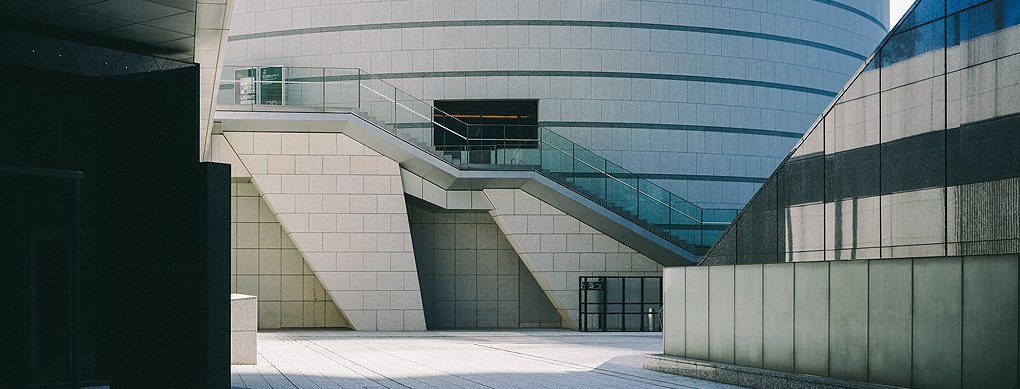TEAM OF ATTORNEYS
MEDICAL BANKRUPTCY

Bankruptcy Basics
Medical Bankruptcy
Medical Bankruptcy
Overview
Medical bill bankruptcy is an increasing problem in America today. Medical debt is the second highest cause of bankruptcy, behind only credit card debt. The three main reasons for this are 1) high medical costs that continue to rise, 2) lack of insurance or inadequate health insurance, and 3) failure to establish good payment plans with hospitals and physicians.
You can declare medical bankruptcy by filing for Chapter 7, which is the most common type of personal bankruptcy. Medical bills and debts can be included in this type of bankruptcy filing. If you have $1,500 or more total unpaid medical bills, you may qualify to file under Chapter 7. This means that any unsecured debts such as credit card balances, personal loans, utility bills, etc. are discharged by the court. Unsecured debts that are included in bankruptcy filings are not required to be paid back. Most student loan debt is also considered an unsecured debt and can be discharged through the same process of filing for Chapter 7 bankruptcy.
Filing for Chapter 7 bankruptcy will stay on your credit report for ten years. It can hurt your ability to get new lines of credit and it will be more expensive if you need to borrow money after that time period has passed. However, having a bankruptcy filing on your record is a far better financial situation than not being able to pay medical bills and continuing to accumulate interest and late fees.
Patients who have no insurance or inadequate health insurance are at risk of financial hardship if they become seriously ill. People with cancer, degenerative diseases, transplants, and even people suffering from chronic illnesses can face extreme medical debt that leads to bankruptcy filing. The inability to work during treatment also contributes to this problem.
It can be difficult to find affordable health insurance plans, especially for people who have pre-existing conditions. Insurance companies are supposed to take all comers regardless of medical status, but they still require applicants to fill out lengthy forms about their family medical history and list every prescription drug they currently take. This information is then cross-referenced with the company's list of "pre-existing conditions" in order to determine an applicant's coverage.
Even if you are able to find insurance, there may not be any physicians in your area who participate with the plan. This makes it difficult (or impossible) to find nearby medical care for illnesses and injuries. The problem is even worse for people who have been unemployed for a long period of time.
In order to file medical bankruptcy, you must have a significant amount in unpaid medical bills and income must be below the state's average standards. In most states, this means an annual household income of less than $45,000. This is calculated by looking at your expenses and factoring in the number of family members you support. In cases where a spouse is still employed but you are unemployed, your income may be computed as if both spouses were working full-time.
If your income is too high to qualify for Chapter 7 bankruptcy protections, you can file under Chapter 13 bankruptcy. This is still considered medical bankruptcy because it involves making monthly payments towards your debt over a set period of time (usually three to five years). When this period is up, you can begin rebuilding your credit.
Medical bills are considered priority debts, meaning that they must be paid back in full before other types of unsecured debt such as credit card balances. If you have other unsecured debt such as credit card balances, these debts will be paid after the medical bills are repaid. This often means that those who file for Chapter 7 bankruptcy protections end up with no unsecured debt and sizeable savings after their case is settled.
Chapter 11 and 12 bankruptcy filing will allow you to negotiate a new payment plan with your creditors. This option is usually employed by businesses that are restructuring or dealing with product liability lawsuits, but it can also benefit individuals who have significant medical debt. Taking this route can be especially beneficial for those who plan to file Chapter 7 bankruptcy within the next two years because it will not stay on your credit report for ten years.
If you want to file Chapter 7 bankruptcy but do not meet the income requirements, there are two possible solutions. You can ask for a hardship waiver if you cannot make ends meet and belong to one of the following groups:
- Disabled persons receiving Social Security or SSI benefits.
- Families with children under 18 years old (younger than 19 if a full-time student)
- Families with pregnant women.
- Families with an income below the state's average standards where most of the household income goes towards housing and utilities. This is usually demonstrated by a lack of money to pay rent or keep up with utility bills.
Individuals who cannot find affordable health insurance and have been without coverage for six months may also qualify.
If you do not meet one of these requirements, you can file a Chapter 13 bankruptcy plan that will allow you to repay your medical debt over the course of three to five years. If you cannot find an attorney to take your case, consider hiring a "bankruptcy petition preparer" who can fill out the paperwork for you.
Some people think that filing bankruptcy will destroy their credit. This is not necessarily true because there are different types of bankruptcy protection, but it is still a good idea to rebuild your credit after any type of bankruptcy case has been resolved. There are many ways that you can begin rebuilding your credit without opening new lines of credit.
- Apply for credit cards that you do not intend to use, just so the accounts are on your credit report.
- Make all of your payments on time. If you have trouble doing this, consider speaking with a bankruptcy attorney who may be able to help you set up payment arrangements.
- Pay down your credit cards as much as possible.
- Apply for a secured credit card. These types of cards require a deposit that is equal to the amount of available credit, so they are not considered one of your revolving lines of credit. However, you can build up savings again by making on-time payments and keeping your balance low each month.
Medical bills are often an unexpected expense, but it is possible to handle them without filing bankruptcy. There are debt consolidation and repayment plans that can help you manage your financial situation and avoid Chapter 7 or 13 bankruptcy. You can also consider applying for credit cards that do not require excellent credit. However, if you cannot keep up with payments and think bankruptcy may be your best option, consider speaking with an attorney or filing for Chapter 7 bankruptcy yourself. You can also find information about medical debt and other types of bankruptcy on our web site.
OUR EXPERTS
Meet the team

Attorney

Attorney

Business Manager
CLIENTS
AWARDS WON
YEARS EXPERIENCE
PROJECTS